Protecting the finished floor
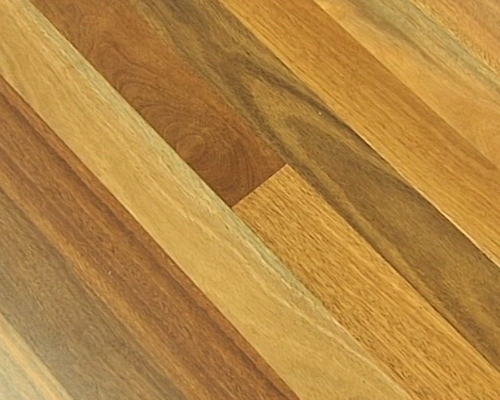 Audio for slide 1 (mp3 |6|KB)
Audio for slide 1 (mp3 |6|KB)
Curing times vary, depending on the product's chemical composition, air temperature, ventilation, number of coats applied, and so on.
The manufacturer will provide accurate curing times for their coating systems, based on certain temperatures and environmental factors.

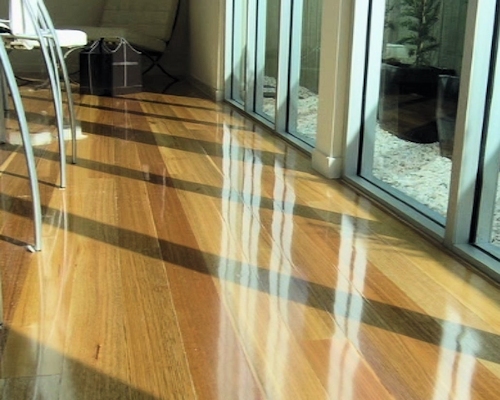 Audio for slide 2 (mp3 |6|KB)
Audio for slide 2 (mp3 |6|KB)
Although the floor can be walked on after the initial drying period, it is much more prone to scratching and scuffing until it is fully cured.
So although the client might want to rush in and put their furniture in place, you should advise them to be very careful until the manufacturer's recommended waiting time has elapsed.

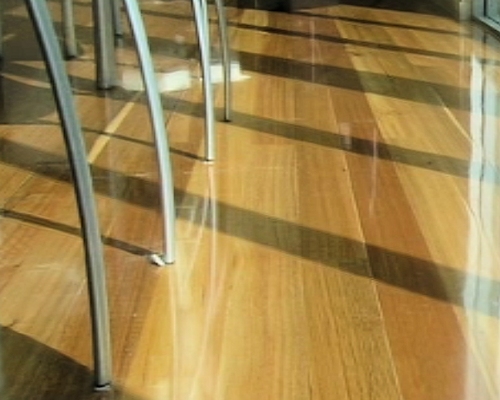 Audio for slide 3 (mp3 |6|KB)
Audio for slide 3 (mp3 |6|KB)
Chairs and tables with castors, however, shouldn't be rolled on a freshly finished floor. Preferably, they shouldn't be used at all, especially if the timber species is soft, because they are more likely to scratch and indent the floor surface.
Rugs with rubber backings should also never be used, because they sometimes leave a permanent stain on the finish.

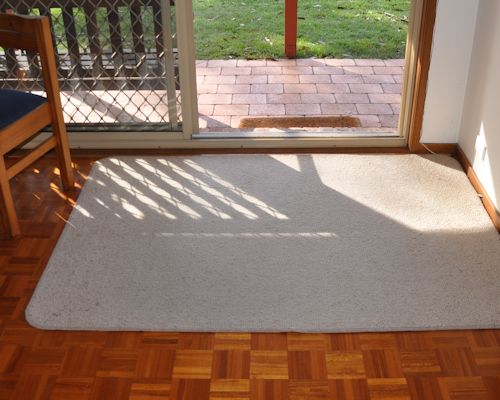 Audio for slide 4 (mp3 |6|KB)
Audio for slide 4 (mp3 |6|KB)
General care
Timber floors will look great for many years as long as they're well cared for.
However, one of the worst enemies is sand or grit. These abrasive particles tend to get walked onto the floor on the underside of people's shoes, and act like sandpaper as they're rubbed on the surface.
You should advise the client that an easy remedy is to put a mat outside each door that leads into the room.
For high traffic areas, they can put a runner or rug on the floor, so that people aren't walking directly on the timber surface.

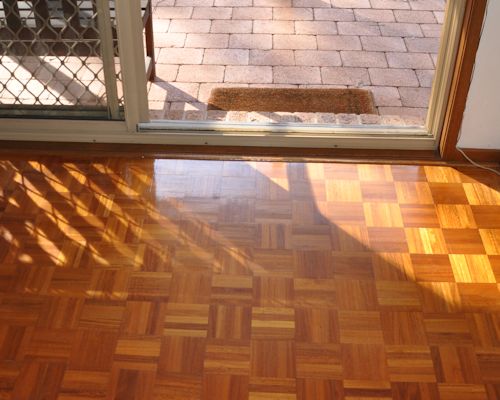 Audio for slide 5 (mp3 |6|KB)
Audio for slide 5 (mp3 |6|KB)
If it's intense, it can result in gapping or cupping of the boards.
It also tends to darken the floor's colour or give it a yellowish hue.
The best solution is to shade the floor from direct sunlight, either with an awning or window drapes.
Rugs will help to reduce the problems.

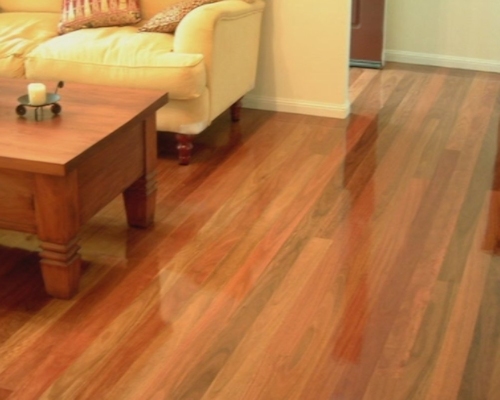 Audio for slide 6 (mp3 |6|KB)
Audio for slide 6 (mp3 |6|KB)
Ongoing maintenance
The manufacturer's brochures will recommend various cleaning and polishing schedules designed to keep the floor in good condition.
They'll probably also recommend specific cleaning products that won't damage the coating or cause chemical reactions.
The general advice for maintaining a domestic floor is to clean it regularly with an antistatic mop to pick up any dust or grit on the surface.


Learning activity
Audio 7 (mp3 |6|KB)Select two floor finishing products with different chemical make-ups. Look up the drying times on the side of the container (or in the installation guidelines).
Write down the following information in your workbook for each of these products:
- Brand name and manufacturer.
- Recoat time (drying time between coats).
- Drying time for final coat (before the floor can take light foot traffic).
- Full curing time (before the floor can take normal wear).
- Temperature (and relative humidity, if quoted) applicable to the above drying times.

 Go to Safety and environment
Go to Safety and environment